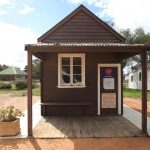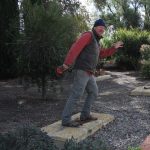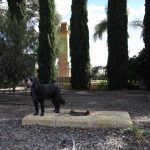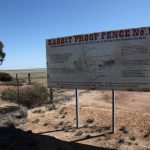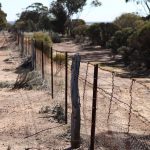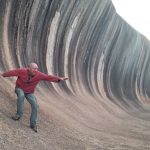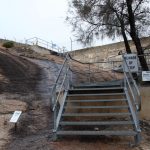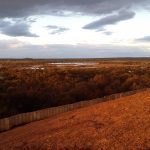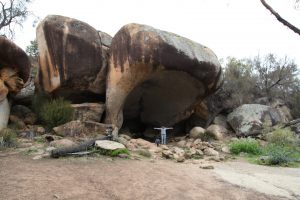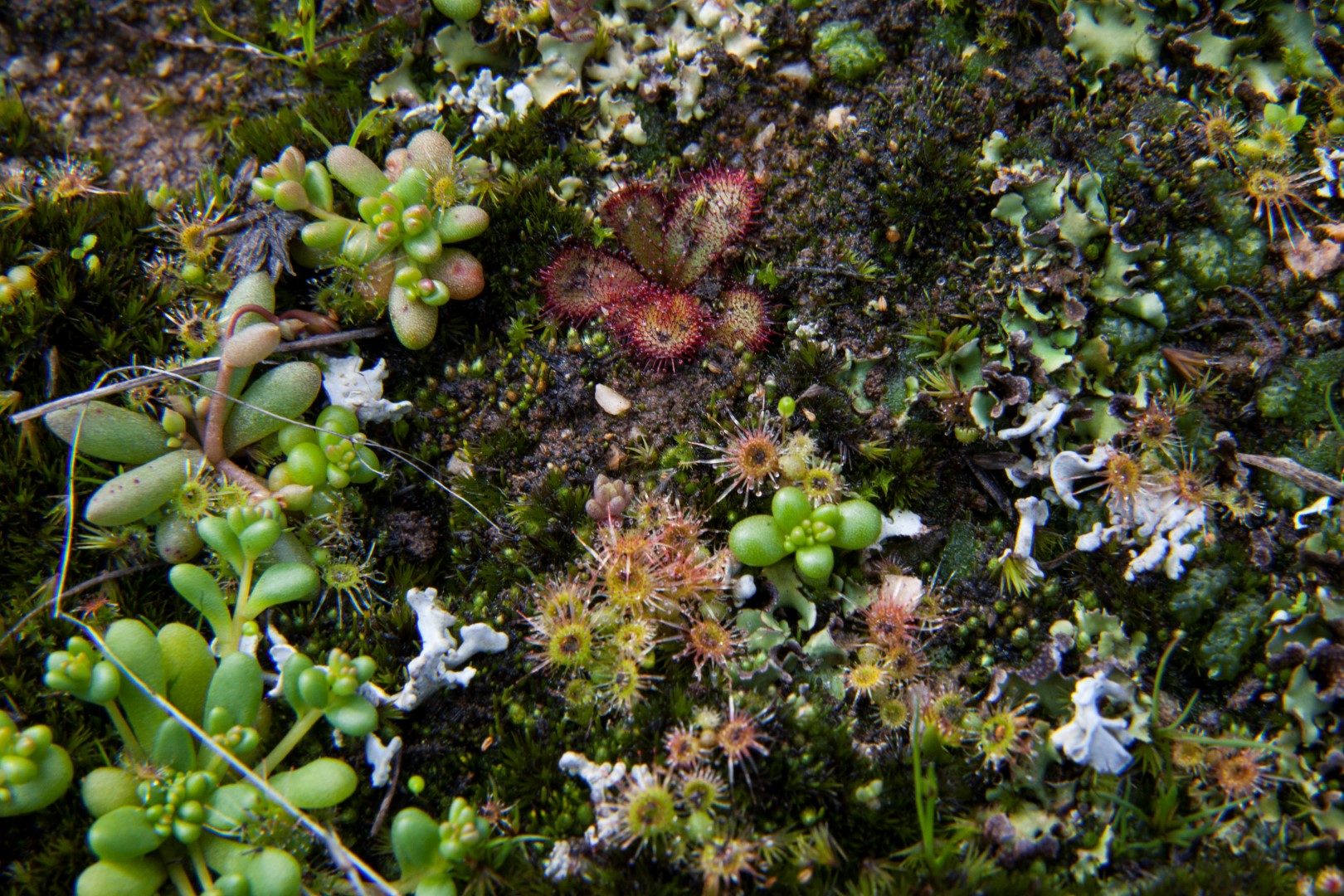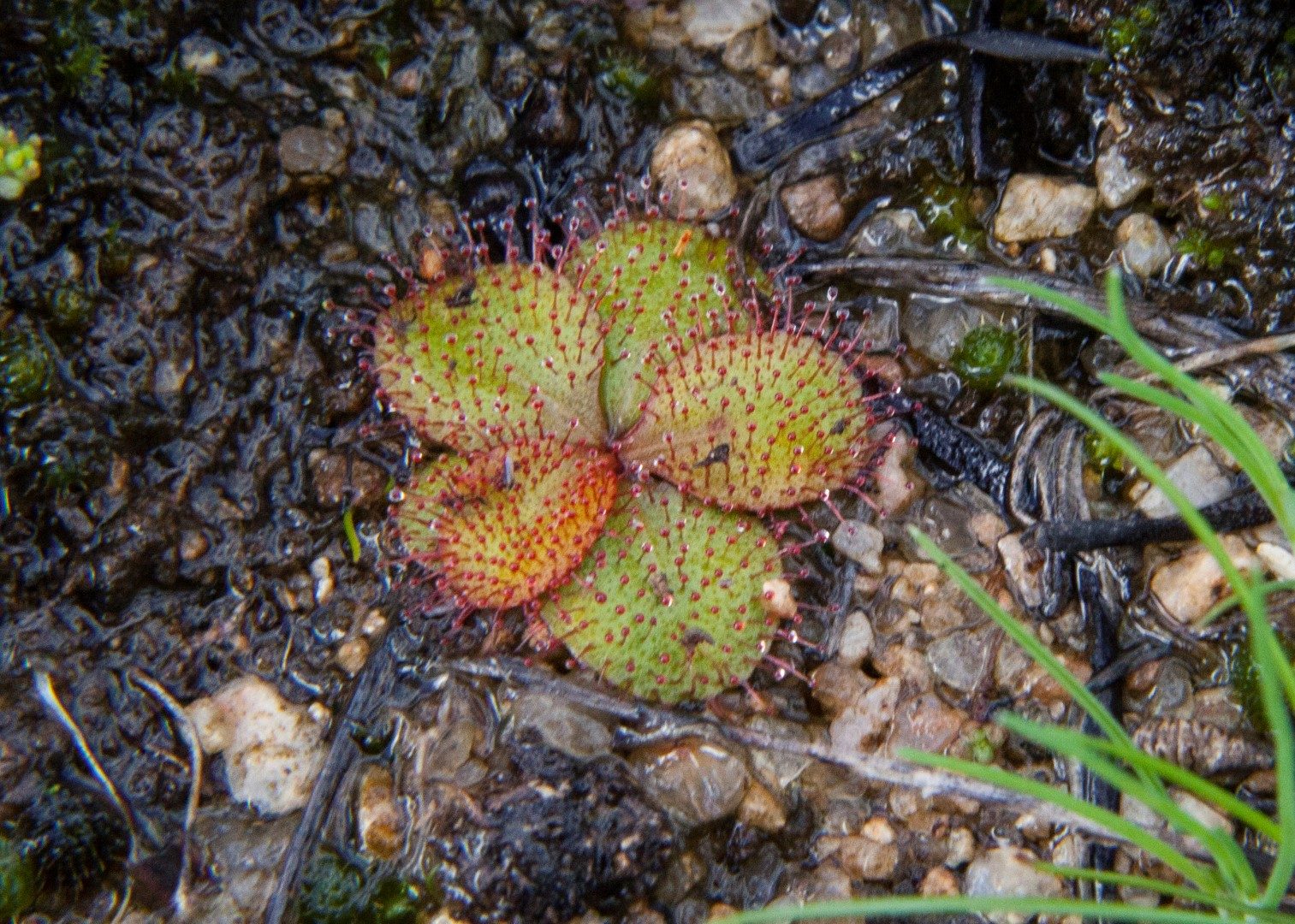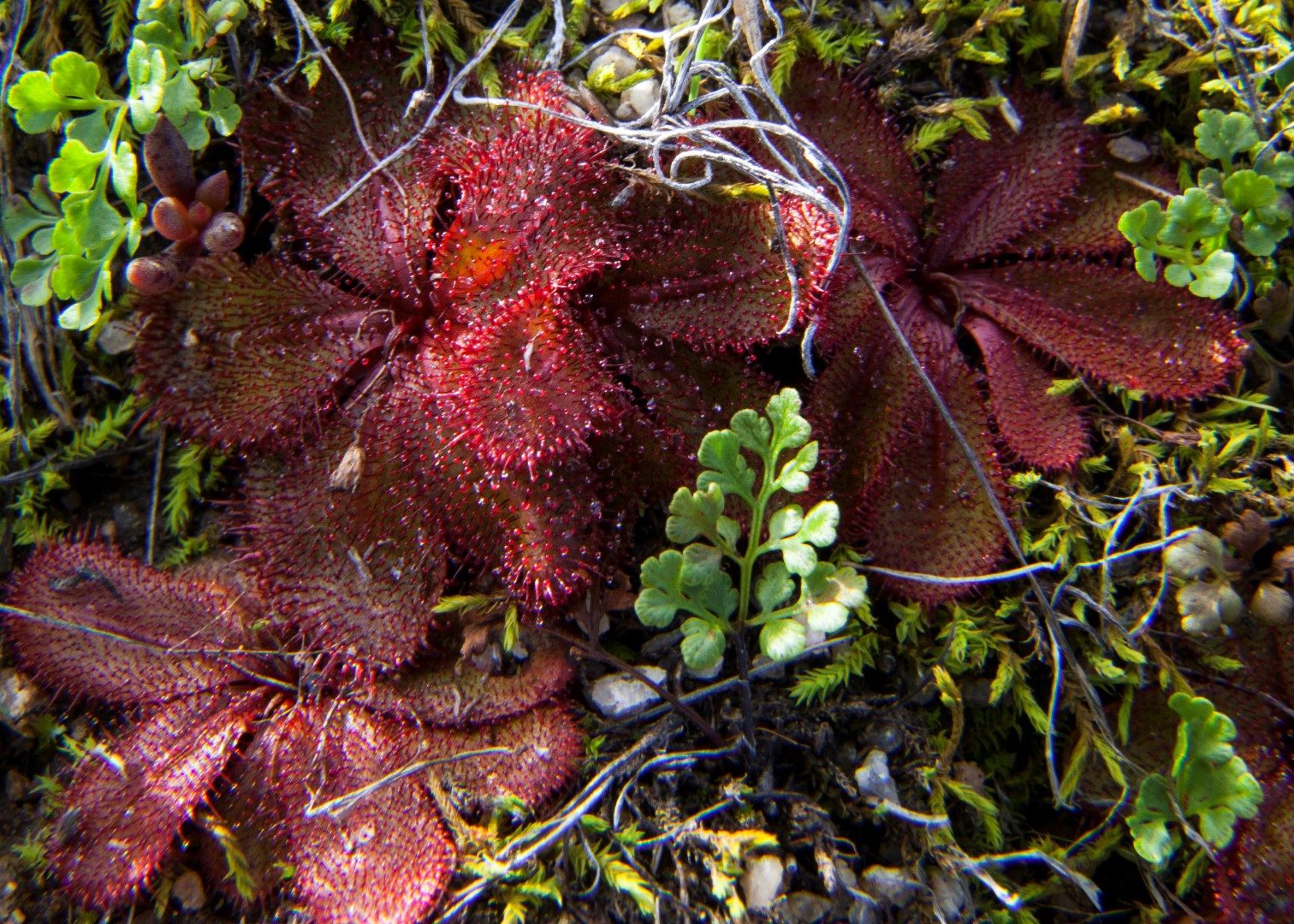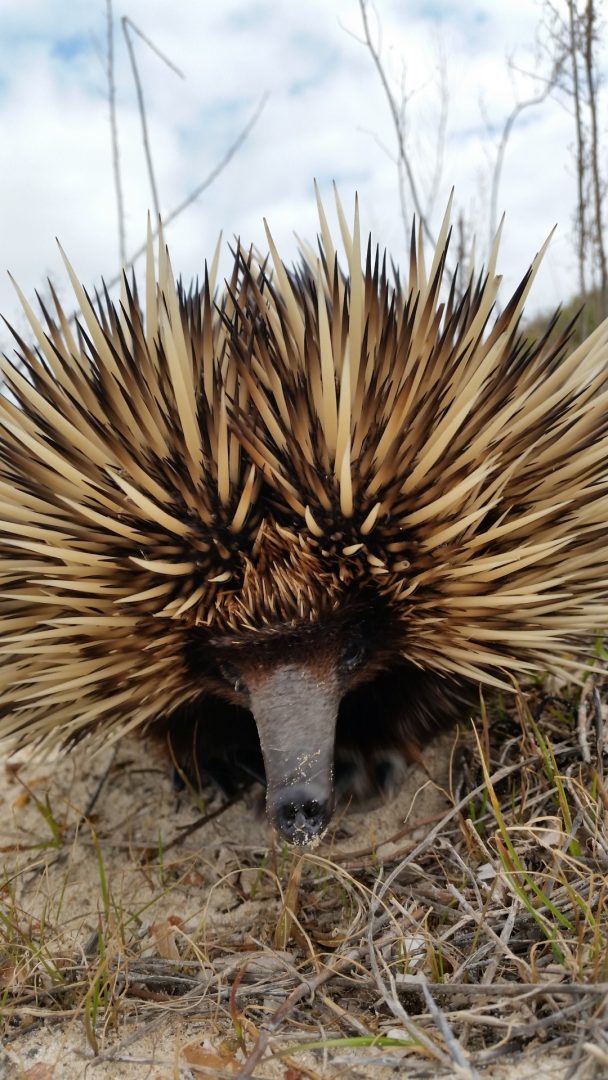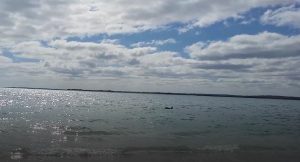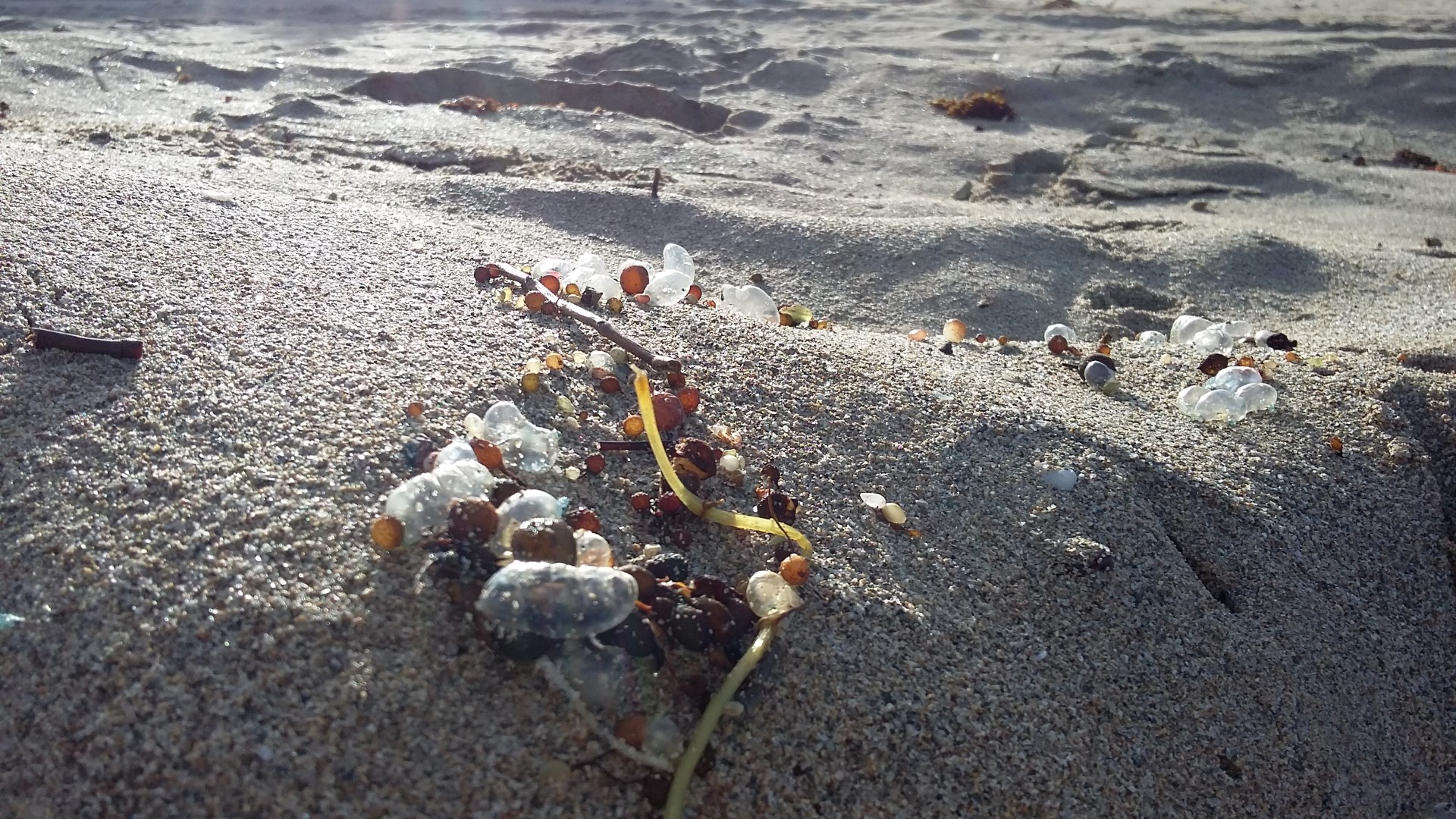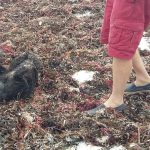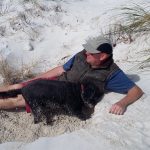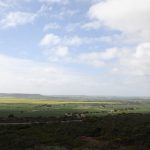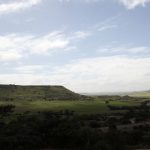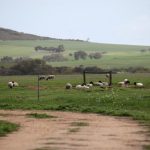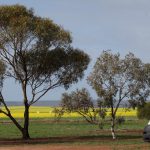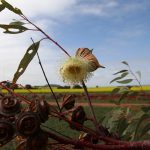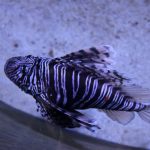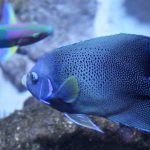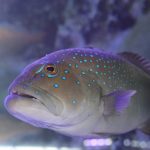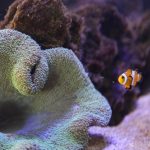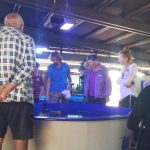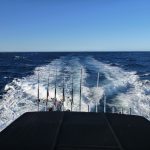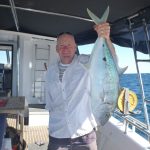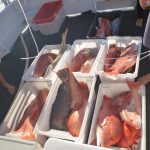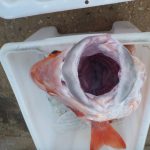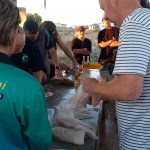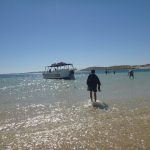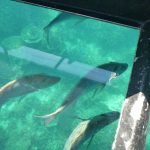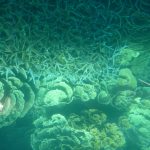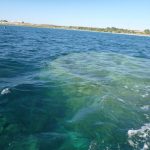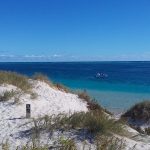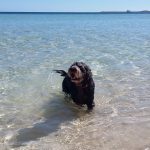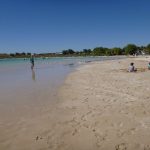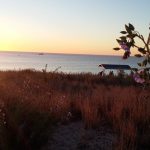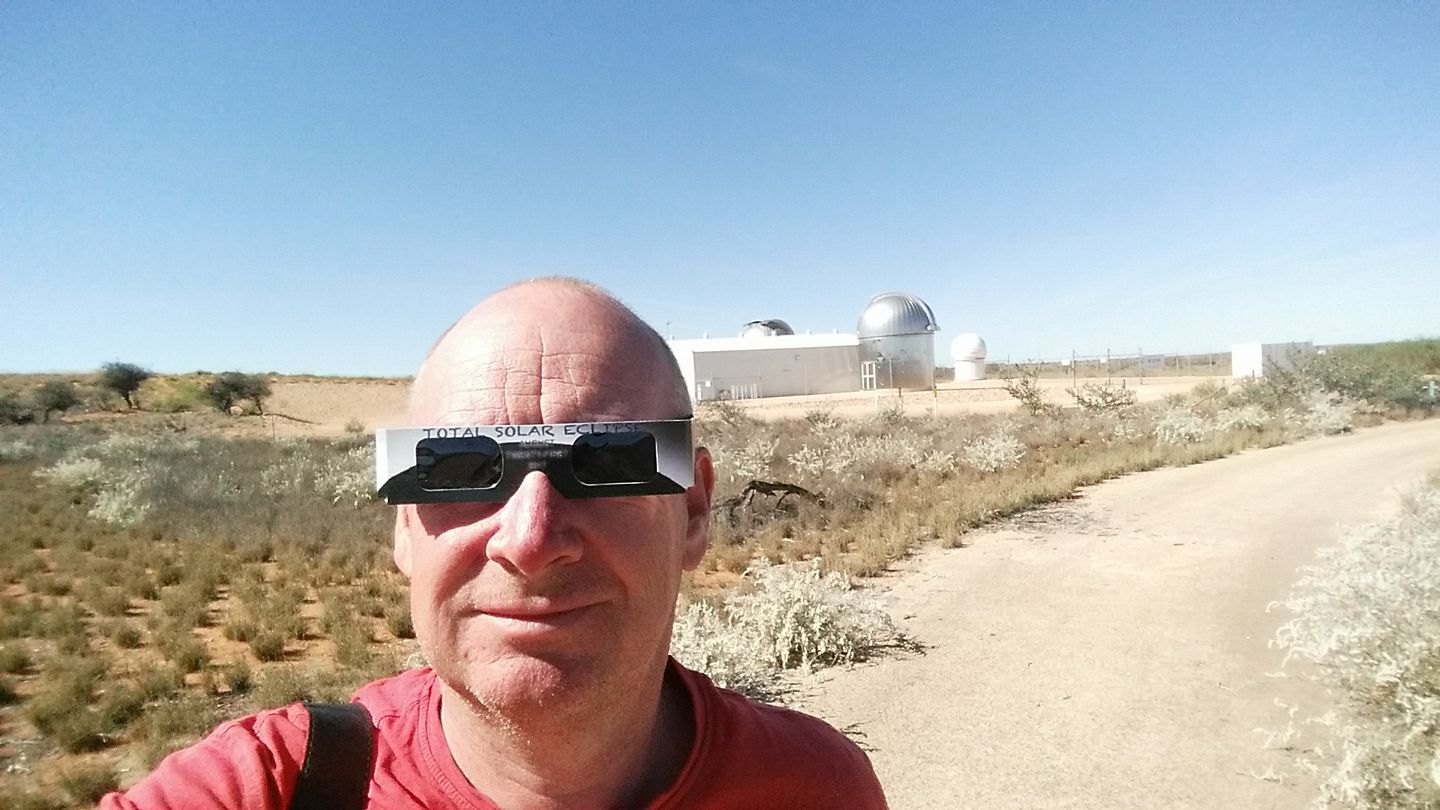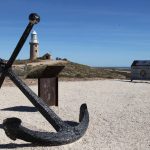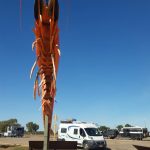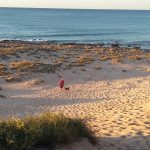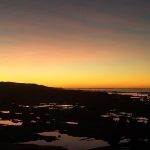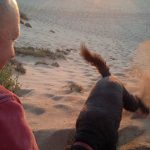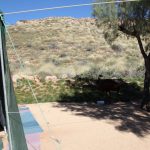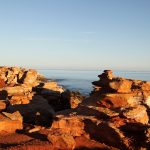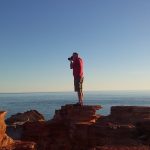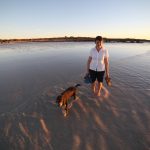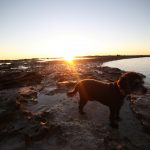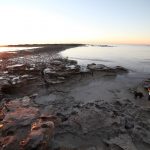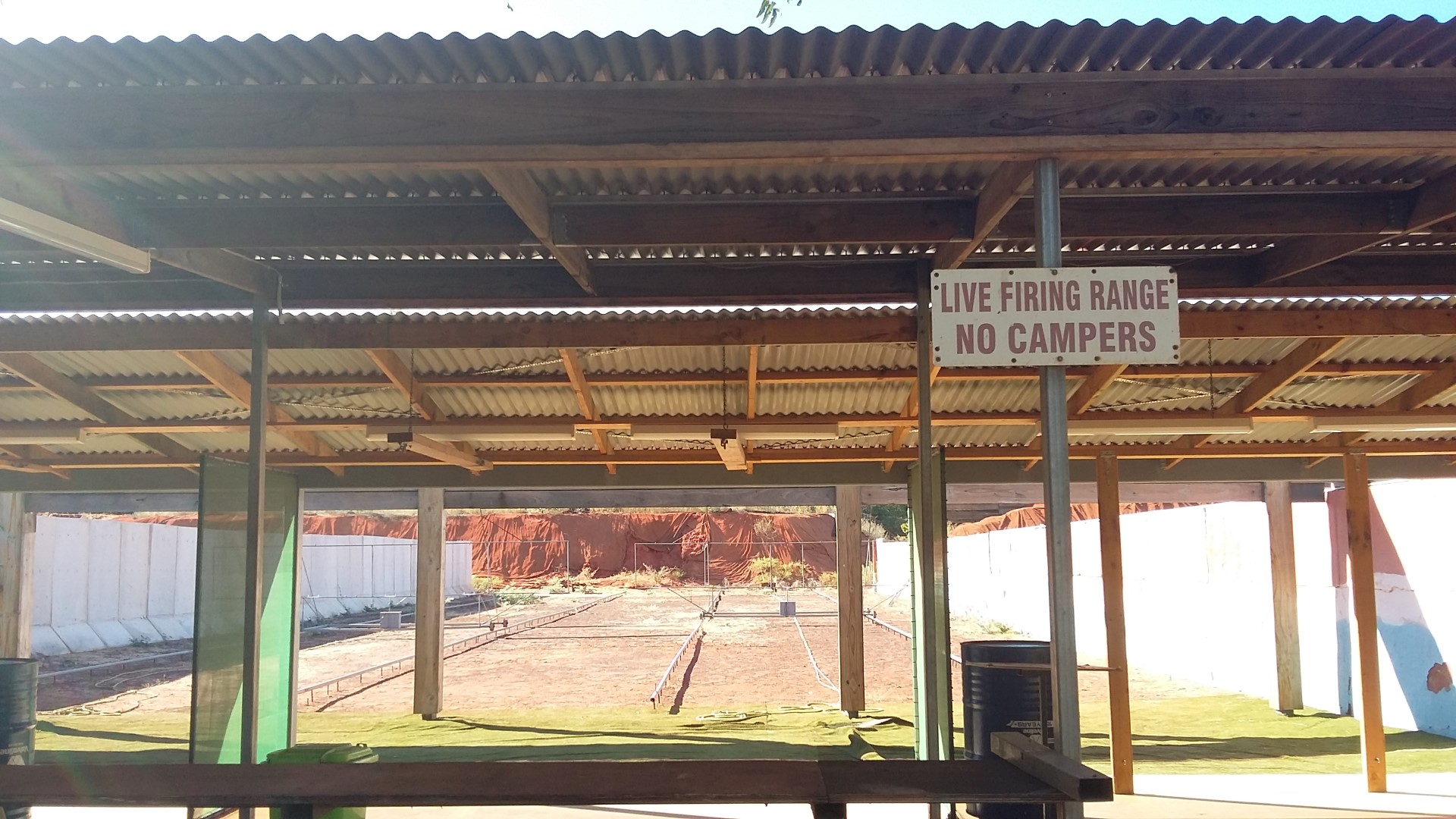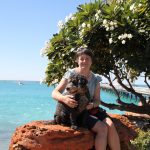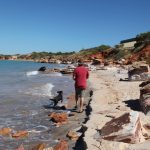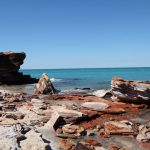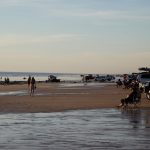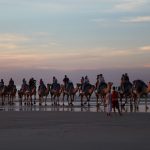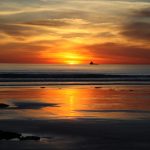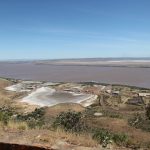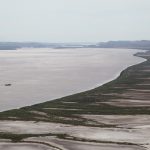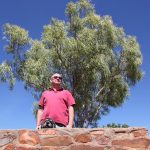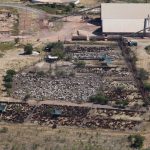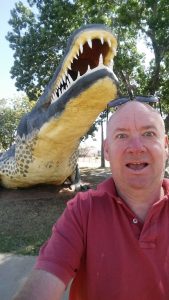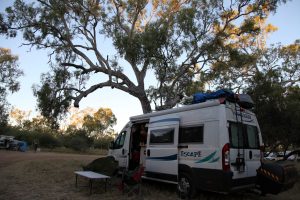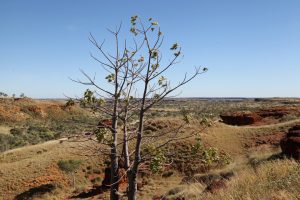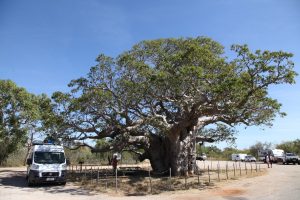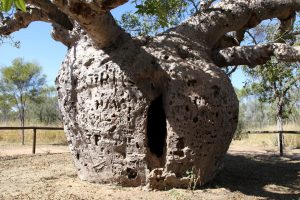The weather was still dreadful south of Perth with heavy rain and gusty winds. We weren’t impressed either to find out that the temperature back in Brisbane is 30 degrees. Inland looked considerably better with sunny days but cold nights. We picked up a self drive map which would take us on a loop East, as far as the popular tourist spot of Wave Rock.
Day 1
Our drive started in the historic town of Guildford which has National Trust status and sits at the southern end of the Swan Valley. James Street is famous for its antique shops and cafes.
Our first overnight stop was York (beginning to feel like we’re in England) which also has National Trust historic town status. The council provides a free 24 hr rest stop at the Avon River Park with power, which is the first time we’ve seen this on our travels. The rest stop is also close to the main street. As well as the heritage walk around town, Barclay Books bookshop is well worth a browse, there is a motor museum, a ye olde sweet shoppe and a well stocked IGA. We could probably have happily spent another 24hrs here.
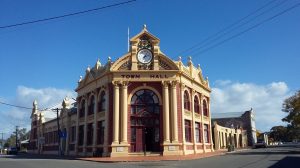
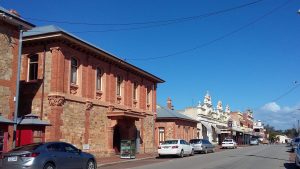
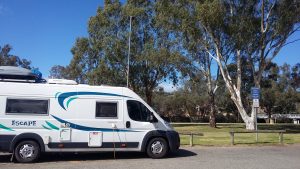
Day 2
The town of Shackleton claims to have Australia’s smallest bank – it probably also has Australia’s shortest opening hours. Bruce Rock is an interesting town. The centrepiece of the main street is a sculpture park, memorials to servicemen and women and an amphitheatre. There was pop music playing at top volume through loudspeakers which slightly spoiled the reflective mood of the memorials.
Day 3
We had our morning tea at 54 Mile Gate of Rabbit Proof Fence No 1. In the mid 19th century, a certain Thomas Austin thought it would be a good idea to bring a few rabbits to Australia for hunting. Their numbers quickly spiralled out of control and rabbits became a serious problem. The Western Australian government decided to build three barrier fences. Fence No 1 is 1,822.4 km (1,139 miles) long and stretches from the south coast to East of Port Hedland in the North.
The 2002 Australian movie ‘Rabbit Proof Fence’ is well worth watching. It was based on a true story of three Aboriginal girls who were forcibly removed from their family in the North so they could be taught how to assimilate with the white population at a camp in the south. The eldest girl realised they could follow the fence back to their home and the movie depicts their journey and the authority’s attempts to find them.
Wave Rock
Very impressive and well worth the drive. I’m sure Jonathan can add something about how it was formed geologically. I just know it was something to do with water and erosion of the granite over millions of years. The local Ballardong people call the rock Katter Kich and believe it was created by the Rainbow Serpent. You will notice that there is an unsightly wall along the top of the rock which we assumed was to stop daft tourists in unsuitable footwear slipping on the wet rock and falling to their death. In fact it was built to funnel rainwater to a storage dam.
A short distance away is the very aptly named Hippo’s Yawn.
To be continued …


